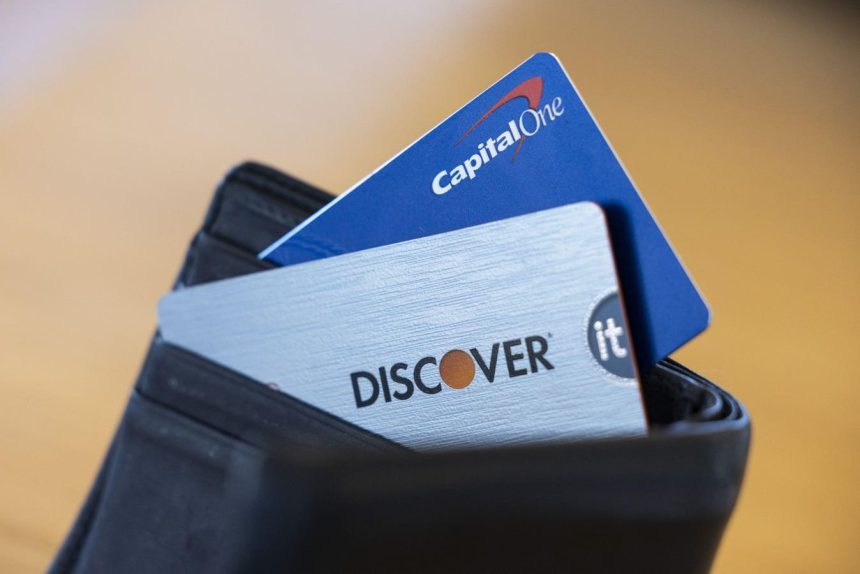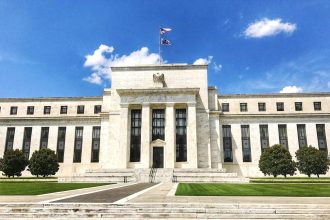Capital One’s
COF
These financial institutions should not rush into marriage; instead, they need a long engagement period to get to know each other much better. Given that the new entity would become America’s sixth largest bank, Regulators, investors, and credit analysts need to scrutinize the credit, liquidity, and operational risks, associated with these financial institutions, which could worsen if left unaddressed.
The CAMELS Framework
After using the CAMELS (capital, asset quality, management, earnings, liquidity, and sensitivity to market risk) framework to analyze Capital One and Discover, my biggest concern about this potential union is the “A,” asset quality. This section assesses the diversification, credit quality, and interest rate risk of loans and securities,
The combination of Capital One and Discover will certainly have significant concentration risk. This means that a lot of their assets will be sensitive to the same economic and market factors. If we enter an economic downturn, or worse yet, a recession, concentration will hurt the new financial institution’s liquidity and earnings.
Capital One has concentration risk in its loan portfolio due to the high level of consumer and auto loans on its balance sheet. Credit card loans represent 47% of Capital One’s loan portfolio; the credit card portfolio rose for the last four consecutive quarters. Given the credit card portfolio’s size, it is unclear to me why Capital One needed to add more to it. Discover’s credit card portfolio represents an even higher percent of its loan portfolio at 79%.
While Capital One has a long-term credit rating of A- from Fitch Ratings, its risk profile and asset quality are at a BBB+ level. Capital One’s financials show delinquency rates and charge-offs have been rising in the last few quarters in their three key asset categories: credit cards, consumer loans, and commercial exposures. About one-third of its credit card loans are to near prime or subprime individuals; the asset quality of this part of the credit card portfolio is more sensitive to a downturn in the economy.
Capital One has reduced its loan loss provisions significantly since 2020. That is not a surprise given the significant improvement in the U.S. economy since then. However, with an increase in corporate defaults, Capital One should start to increase its provisions soon, especially since its existing loan portfolio has deteriorated in credit quality.
Discover has a BBB+ long-term rating, but its business profile, risk profile, and asset quality are at a BBB level. Like Capital One, Discover has experienced rising delinquency and charge-off rates in its credit card portfolio. It began loosening underwriting standards in 2021, which has led to asset quality deterioration.
Both parties need to analyze what part of their portfolios they can hedge or sell to reduce the asset quality risk. This is challenging in an environment where corporate defaults are rising in almost every sector of the economy; banks are exposed to leveraged corporations in both their loan and securities portfolios.
On the positive side, both banks seem to be well-capitalized. I say “seem,” because balance sheet data, by definition, is old. Capital One reported a very healthy Tier I Risk Based Capital Ratio of 14.2% and Leverage Ratio of 11.2% in Q4 2023; both of these ratios are significantly higher than Basel III requirements. Importantly, Capital One has a liquidity coverage ratio of 167%, which means that even under stressed conditions, it should be able to meet all of its obligations in a timely manner. Capital One is a Level III bank, which means that it is subject to annual supervisory capital stress tests.
Discover’s Tier I Risk Based Capital (13.2%) and Leverage Ratio (11.2%) are significantly above the minimum requirement by more than two and three times, respectively. However, important risk data about Discover is missing. Due to its asset size, Discover is considered a Level IV bank by the Federal Reserve. This means that it is not required to calculate and disclose the liquidity coverage ratio. It is only required to conduct an enterprise-wide stress test every two years; its last stress test was in 2022.
Bank regulators certainly should ask Capital One if it has seen any model that tells what Discover’s liquidity and capital levels are under stressed conditions, not just in regular times. Discover’s recently reported capital ratios include balance sheet information of that reporting period; they do not include data simulating stresses on its assets or liabilities.
Operational Risk Should Not Be Ignored
While the CAMELS framework is useful, it does not focus on operational risk. Operational risk is the potential loss to earnings due to people, processes, technology, and external events (i.e. third-party vendors, external fraud, impact of climate change). In its presentation about the potential merger, Capital One states on slide number 23 that it conducted “thorough due diligence” on “key focus” areas. While the list is long, the details are short.
It is important for bank regulators and investors to ask exactly how the due diligence was conducted, the time it took, and what the findings were about operational risk challenges. Combing through what the similarities and differences are in how both financial institutions identify, measure, control and monitor operational risk may not sound exciting to many on Wall Street. Yet, in my three decades of banking experience, I have repeatedly observed that weaknesses in operational risk are what cause banks to fail or have near death experiences.
Last fall, Discover announced that it had several shortcomings with consumer compliance management systems. Exhibit 99.1 in Discover’s Form 8-K details a range of consumer compliance, audit, corporate governance, and board oversight weaknesses-some dating back to 2021. Since 2000, Discover has had fines totaling more than $275 million, primarily for consumer protection, sanction, and privacy violations. While that amount is small in comparison to the fines paid by JPMorgan ($29 billion), Deutsche Bank ($20 billion), or HSBC
HBA
Capital One should also make sure that it really identifies how Discover is coming along in resolving these problems, lest they turn into significant liabilities when least expected. For that matter, Capital One’s fines since 2000 have been more than $963 million; the last fines were in 2022. Capital One’s fines primarily have been due to anti-money laundering, consumer protection, privacy, banking, and wage and hour violations. When bank regulators finalize the updated Basel III rules, referred to as the Basel III Endgame, operational risk will weigh more heavily in the new bank entity’s capital charge unless the operational risk challenges are resolved.
If asset quality continues to deteriorate while operational risks remain the same or worsen, bank regulators could end up with a Too Big To Fail challenge. I urge bank regulators to compel both banks to demonstrate how they will improve their portfolios’ credit quality and to demonstrate a concrete plan to reduce their operational risk.
Moreover, given the opacity in the type of due diligence that was conducted before announcing the planned merger, bank regulators need to request a lot more detail from both of these financial institutions. All too often, bank executives are too excited about potential profits after a merger. However, given how different these financial institutions are, it is very important to really understand whether there will indeed be synergies after the merger.
Recent Articles By This Author
Elevated Interest Rates Are Pushing U.S. Corporates Into Default
Newly Proposed U.S. Banking Rules Would Not Reduce Lending
10 Ways to Strengthen Accountability At the Fed And U.S. Banks
Fitch Ratings Downgrades Loom For U.S. Banks Significantly Exposed To CRE Loans
Regional Bank Turmoil in the U.S. Is Far From Over
PacWest Bancorp’s Imminent Demise Shows Bank Turmoil Is Widening To Smaller Banks
The Federal Reserve’s Interest Rate Increases Create Default Risk In Major Sectors
With First Republic Takeover, JPMorgan Is America’s Most Globally Systemically Important Bank
To Know Why Silicon Valley Bank Failed, Congress Should Ask Former CEO Greg Becker
First Republic Bank’s Earnings Call Did Not Inspire Confidence
First Republic Bank’s Financial Ratios Will Reveal Serious Trouble
Regional Banks’ Financial Results Fail To Impress Investors
What To Watch For With U.S. Regional Banks This Week
Read the full article here














